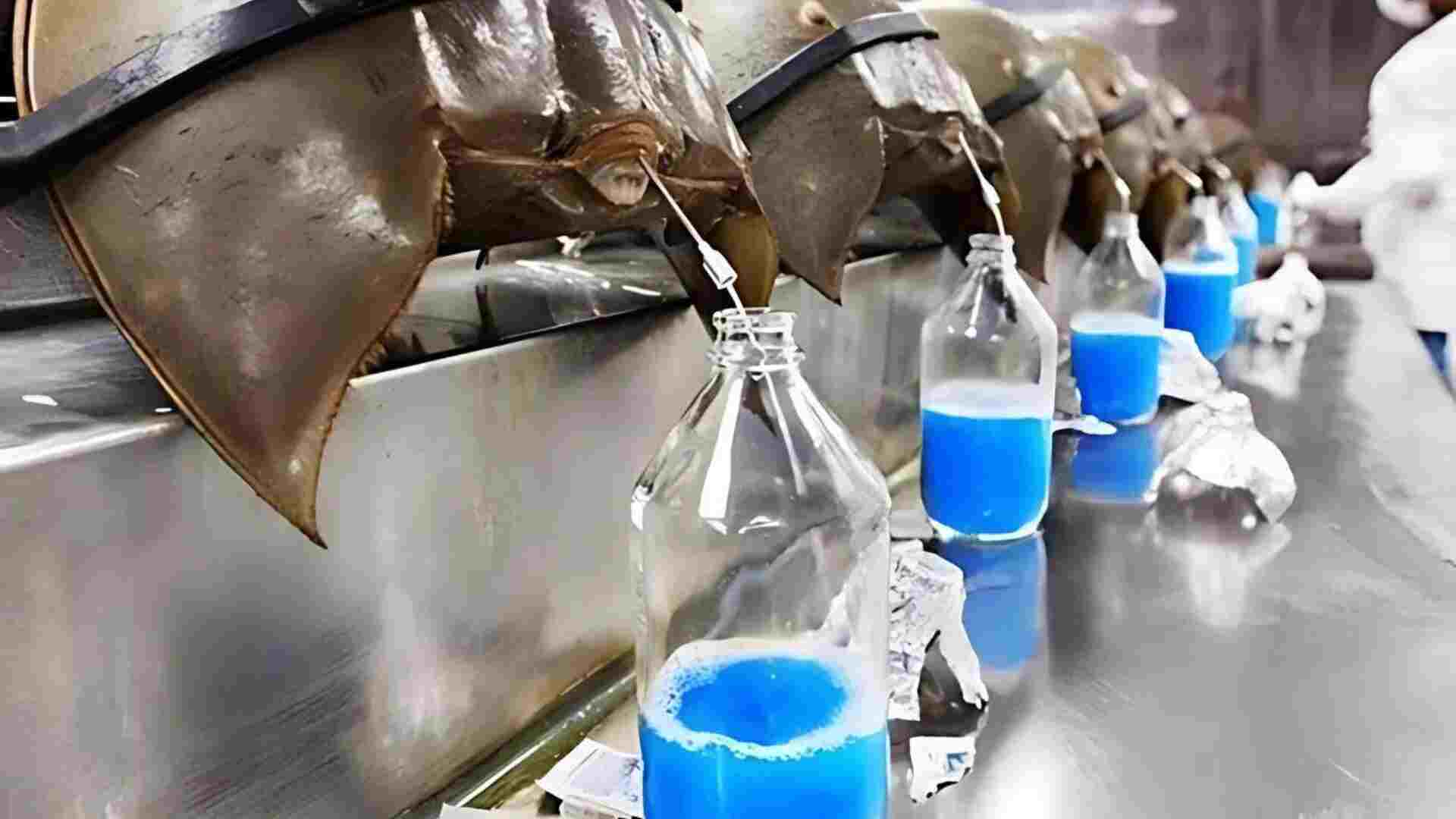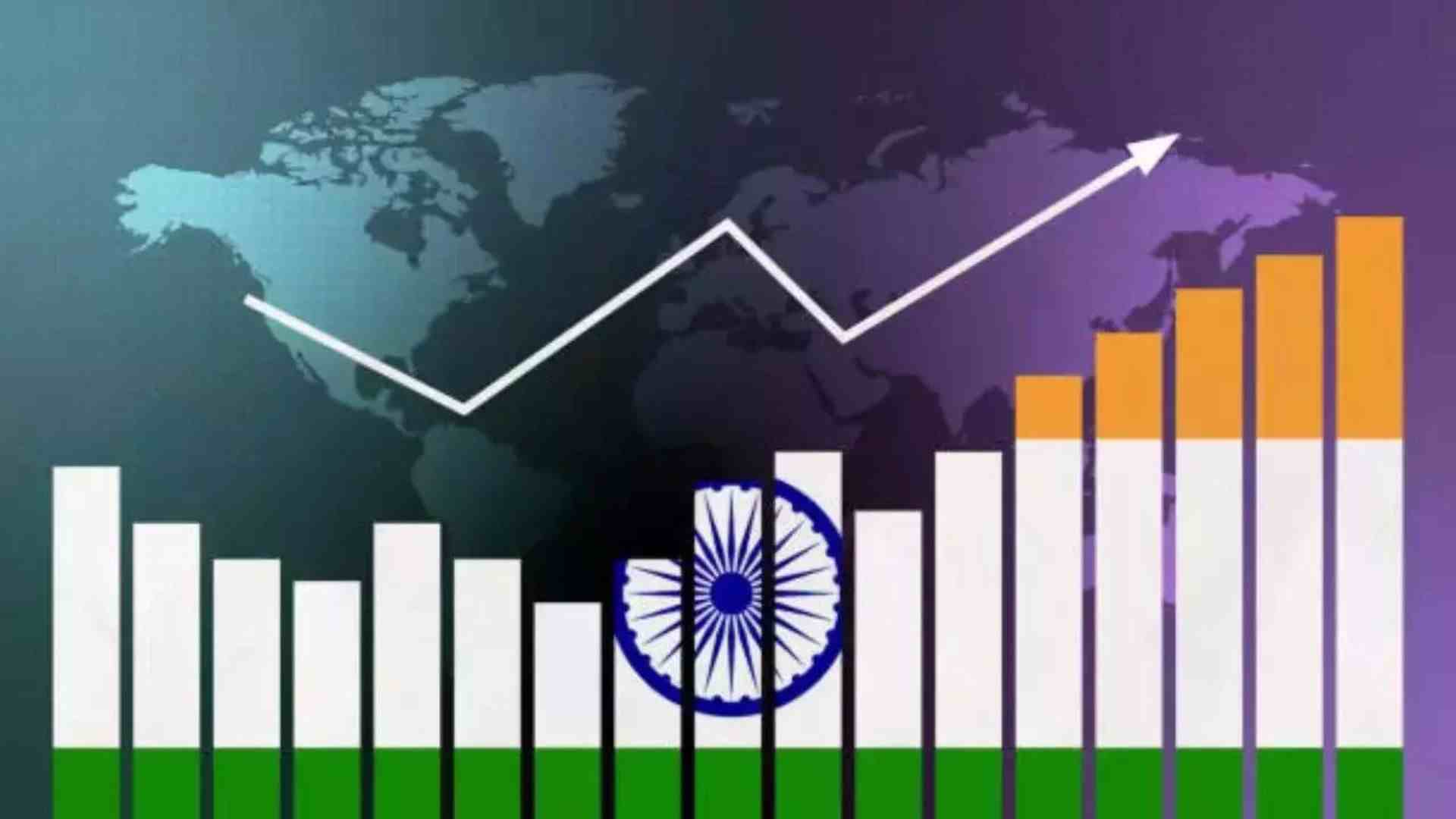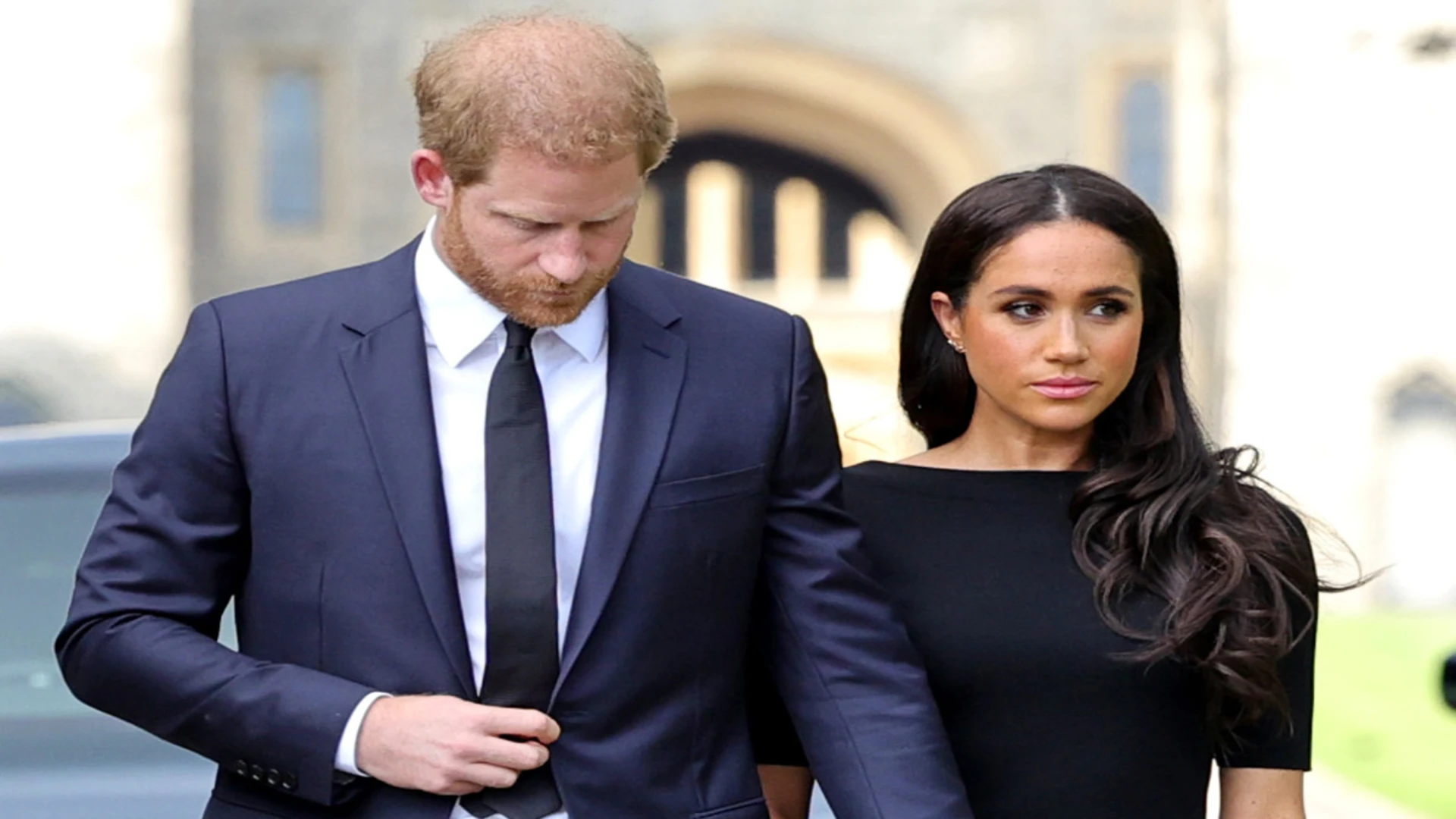
Many creatures on Earth are shrouded in mystery and possess unique traits that are essential to human life. One such creature is the horseshoe crab, renowned for having the most expensive blood globally. This ancient species, which has existed for approximately 450 million years, predates even dinosaurs.
The blood of horseshoe crabs is famously blue due to the presence of hemocyanin, a copper-based respiratory pigment. This blood is often referred to as “blue gold” because of its immense value. Reports indicate that 1 liter of this blood can cost up to $15,000, roughly Rs 12 lakh.
The high cost is attributed to its medicinal value. Horseshoe crab blood contains a protein called Limulus Amebocyte Lysate (LAL), which is crucial for testing medical and drug products. LAL is used to detect endotoxins—bacterial substances that can cause severe reactions, including fever and even death.
Horseshoe crabs are primarily found along the Atlantic coast of America. To obtain their blood, about 600,000 crabs are collected each year. During the process, they lose 30% of their blood, and up to 30% of the crabs do not survive. Although the surviving crabs are returned to the water, their recovery is uncertain.
In 2016, the International Union for Conservation of Nature (IUCN) listed the American horseshoe crab as vulnerable, just one step away from being endangered. This highlights the ongoing concerns about the impact of blood collection on their population.















